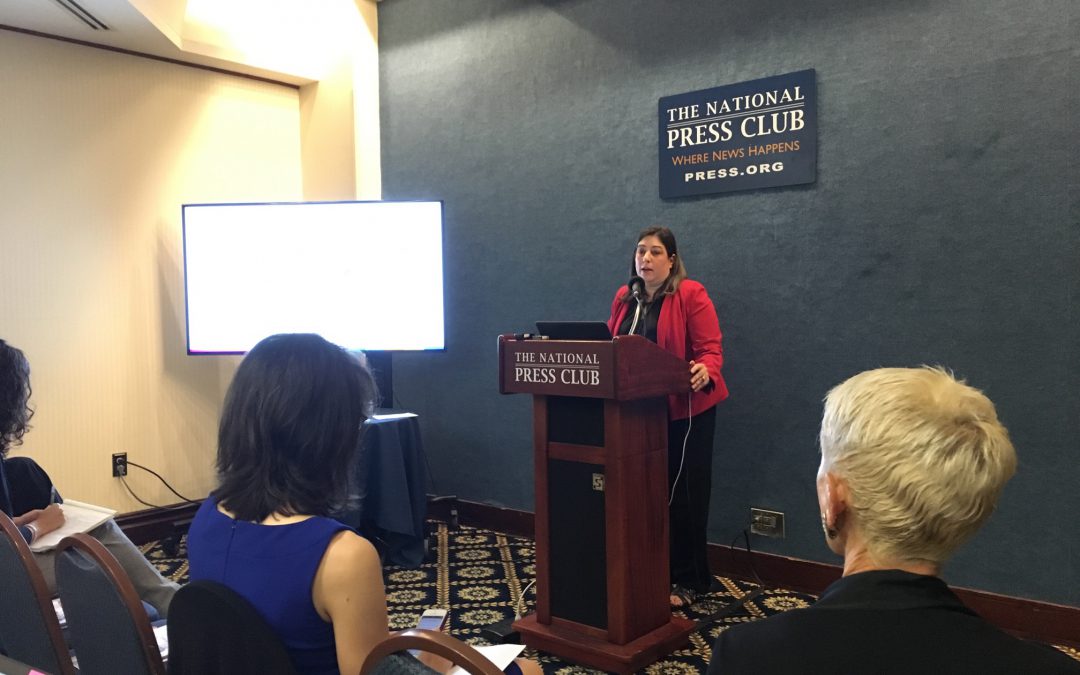WASHINGTON – Federal health officials are taking steps to contain nationwide opioid addiction by addressing it at the onset — by scaling back prescriptions, a top Centers for Disease Control and Prevention official said Monday.
The number of opioid-related deaths has increased steadily and rapidly in the past decade, Debra Houry, director of the CDC’s national injury prevention and control operation, said at a National Press Club conference.
She said “appropriate prescribing” of opioid medications could halt the “tide of people getting addicted in the first place.”
According to the American Society of Addiction Medicine, drug overdose is the leading cause of accidental death in the United States. Of over 47,000 lethal drug overdoses reported in 2014, almost 19,000 were related to opioid overdose and another 10,500 were related to heroin use. Four in five new heroin users started out by misusing prescription pain medication, according to ASAM’s findings.
In July, President Barack Obama signed into law the Comprehensive Addiction and Recovery Act, which requires the Department of Health and Human Services to create a task force to “review, modify, and update” pain management strategies, pain medication prescription and medical alternatives to opioids.
Opioid medications are overprescribed, Houry said, particularly for those suffering with long-term or chronic pain. In 2012, 259 million prescriptions were written for opioids , according to the ASAM statistics.
“When you look at long-term pain, there’s something going on physiologically in the body, and that’s what you have to treat,” Houry said.
She said CDC guidelines for prescribing opioids, released in March, focus on giving doctors parameters when they prescribe opioid medications to patients in treating chronic pain. Nearly 2 million Americans, aged 12 or older, either abused or were dependent on prescription opioids in 2014, Houry said.
Dr. Mohammed Jalloh, a spokesman for the American Pharmacists Association, said “prescribers and even pharmacists are more wary of dispensing it and even prescribing it.
“There’s such a greater push for us to be trained better,” he said, “and have more accountability and even more monitoring in looking at all opioid-related prescriptions.”
Houry said halting the opioid crisis is particularly difficult because it constantly evolves, most recently with the abuse of synthetic drugs.
“[The outbreak] keeps changing and morphing,” Houry said. “Years ago it was largely prescription opioids that were driving it, then heroin, then fentanyl and now we’re seeing carfentanil.”


